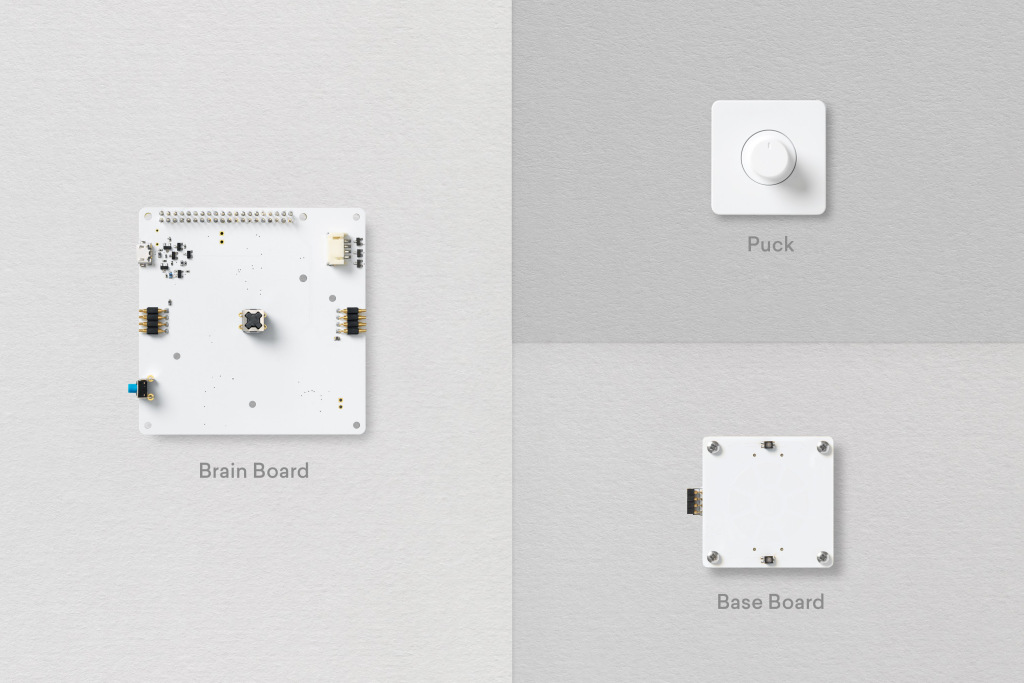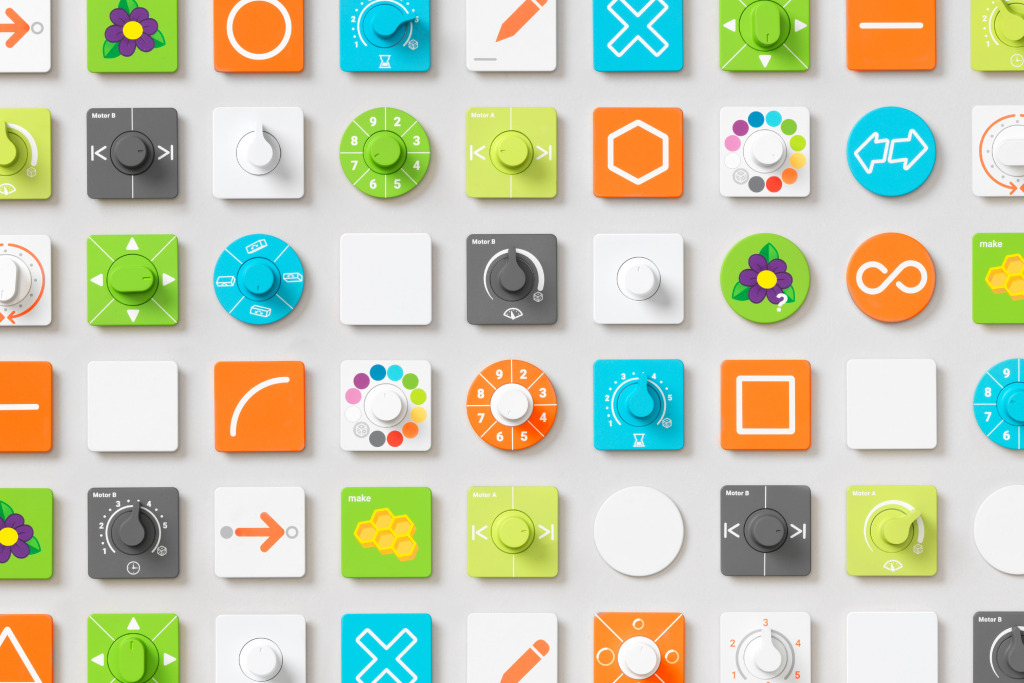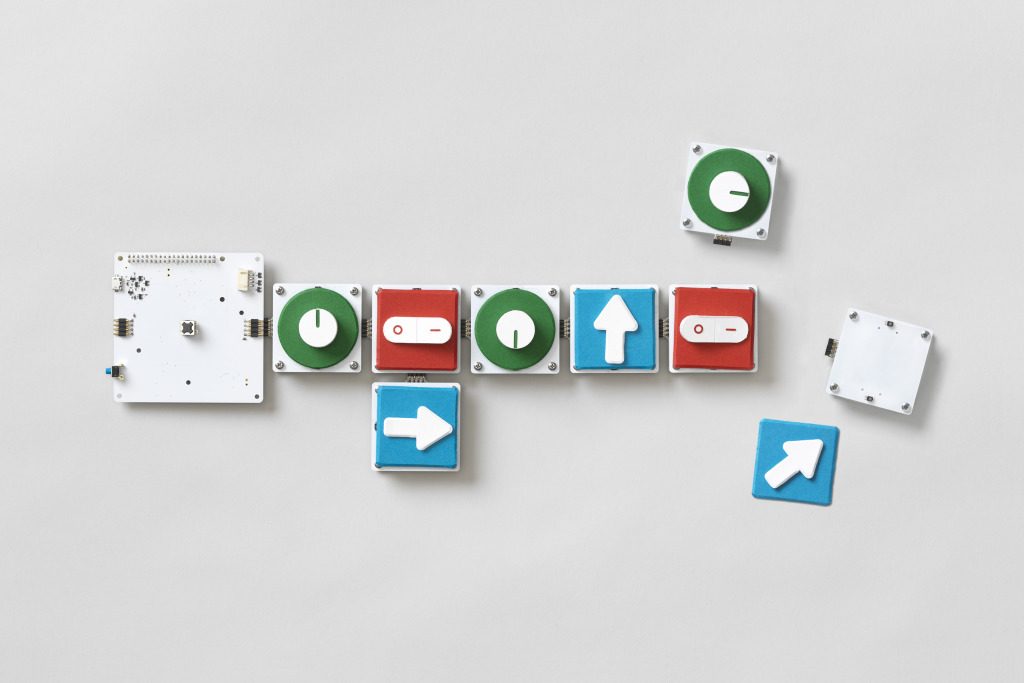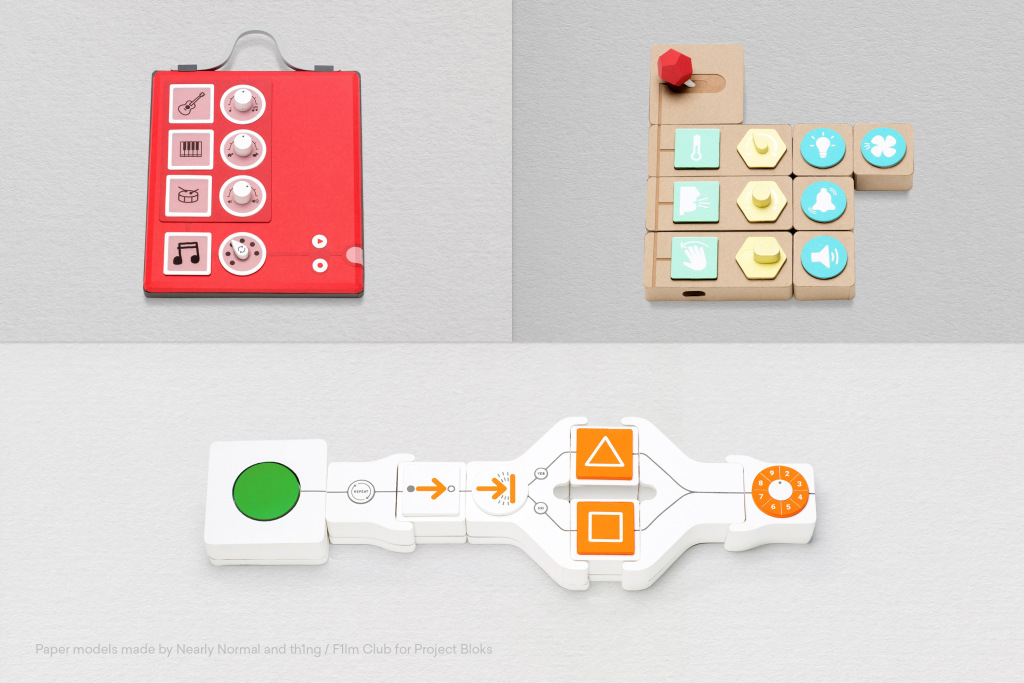Learning to code can be a difficult process that involves sitting in front of a computer screen for hours. To make it more fun and to cater it to children, Google has developed a Lego-like toy system named Project Bloks. This system uses physical toy blocks that connect together and are assigned a function, which is then used to give instructions for toys to follow. Throughout this process, Google hopes it will help kids to learn the fundamentals and logic behind coding.
Google in collaboration with IDEO created a reference device, called the Coding Kit, to explore the idea of tangible programming. However, it should be noted that Google itself is not currently planning to build its own retail version of the toy. Instead, Google is to provide the open-source hardware platform for developers to use it to build their own devices. Google believes the Project Bloks system is an effective way to teach children how to think outside the box because it focuses on the use of physical toys, rather than just having to learn coding using traditional on-screen tools. Using a physical toy system also comes with the advantage of allowing kids who haven’t learned to read or write or those with learning disabilities to participate in the coding process. The entire system is made up of three main parts – pucks, base boards and brain boards. The brain board, built on Raspberry Pi Zero, is the core of the system and provides power to the base boards. The pucks provide basic programming demands such as “turn on or off” and “move left,” and the base boards read those instructions from the pucks and transmit them to the brain board. Google has already put their first Coding Kit to the test by having kids instruct a Wi-Fi-connected robot to do some basic functions such as drawing a square and rotating 60 degrees.
In the past it has been difficult to experiment with this kind of physical programming due to the amount of time and money it takes to create such a platform. Paulo Blikstein, a contributor to the project and the Director of the Transformative Learning Technologies Lab at Stanford University believes such toys would be beneficial, “Imagine what could happen if we had 10 times more people developing ways for children to learn coding and computational thinking: not just the traditional way, but kits that would teach programming in different ways such as making music or controlling the physical world. That is what this platform will enable: make it easy to think outside of the box, without all the technical obstacles.” It may help that Google has taken quite an interest in developing this toy system and is even asking for developers, educators, parents and researchers to participate and help to develop it further.


Source: Google
[divider]
Article Written by Mila Medonaite for Design Engine on June 28, 2016



